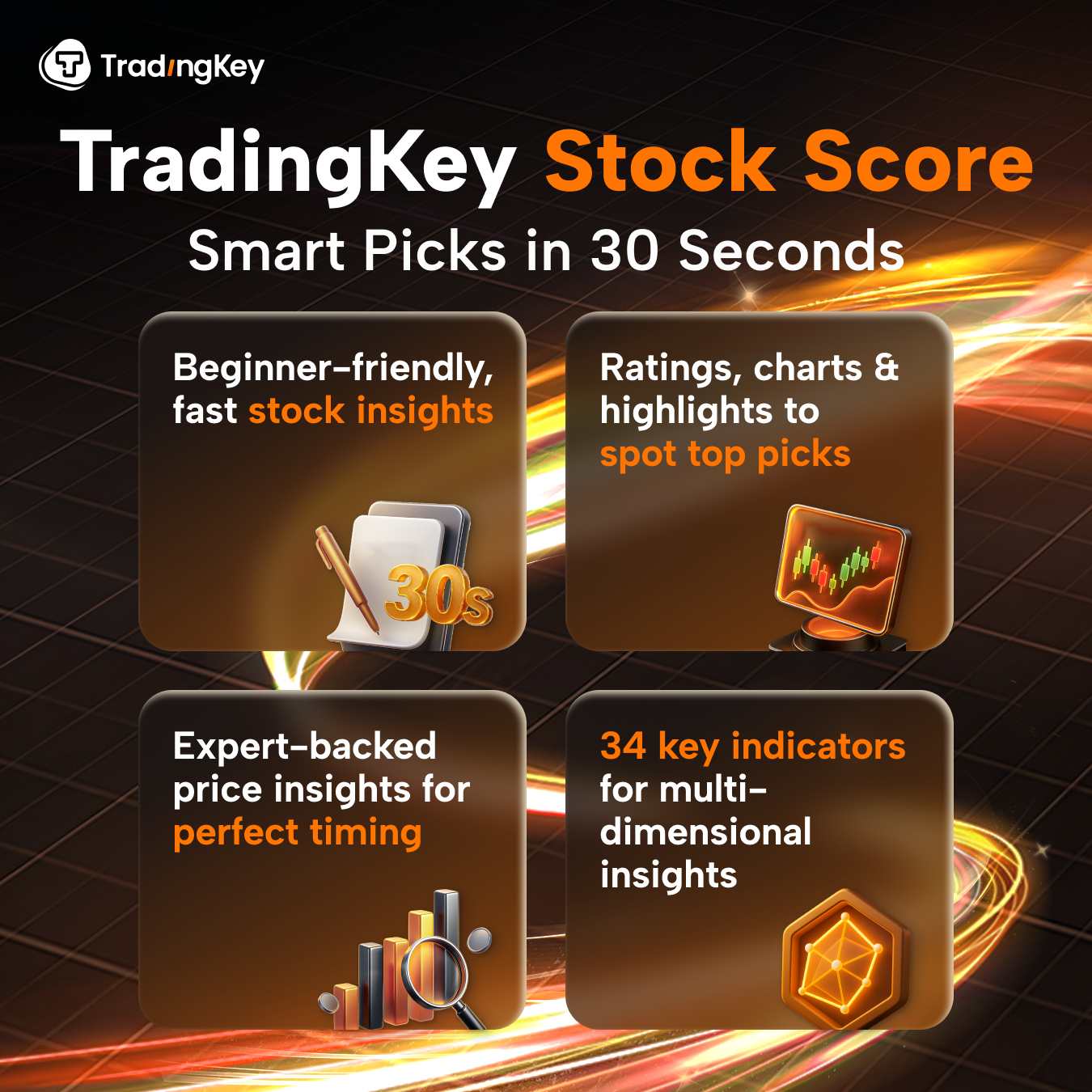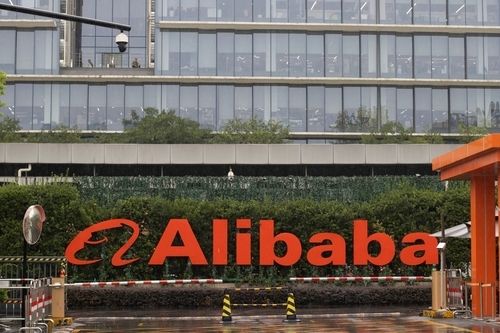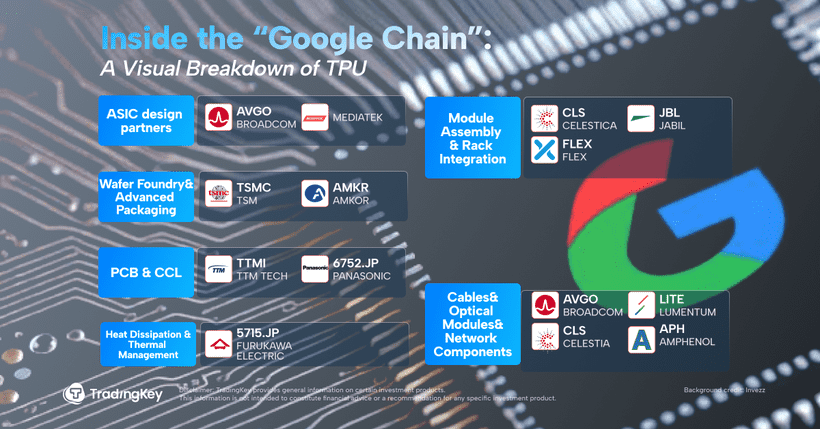Investing in Critical Minerals & Rare Earths

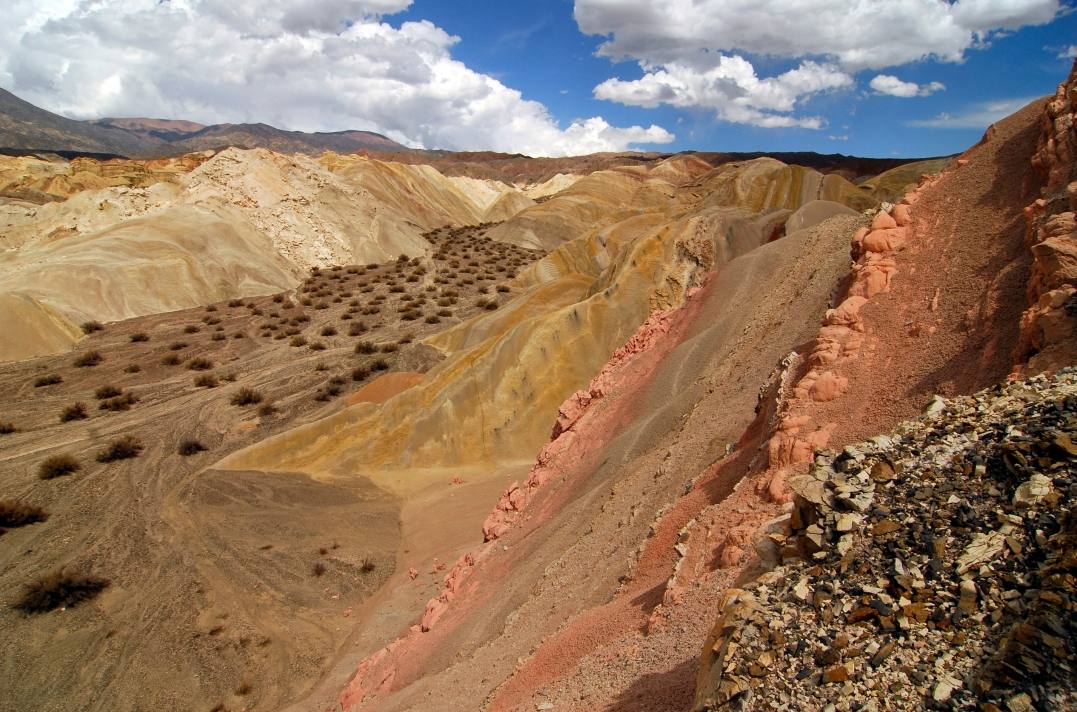
- Critical minerals like lithium, cobalt, nickel, copper, and rare earths are essential to EVs, clean energy, and digital infrastructure.
- Supply is concentrated in a few regions, creating geopolitical risks with China, Congo, and others dominating production.
- Major players include Albemarle, SQM, Freeport-McMoRan, Lynas, and MP Materials, as well as ETFs like LIT and REMX, offering diversified exposure.
- Risks include price volatility, environmental challenges, and speculative bubbles; however, long-term demand makes this a structural megatrend.
The New Resource Race
TradingKey - Oil drove the 20th century, but key minerals will drive the 21st. From the lithium in electric vehicle batteries to the rare earths in military equipment and solar panels, these elements are key enablers of the technologies driving the world economy. As investors, this area presents both an extraordinary opportunity and a strategic risk.
With the world headed toward electrification, decarbonization, and digitalization, demand for key minerals like lithium, cobalt, nickel, copper, and the rare earth elements has increased exponentially. Unlike traditional commodities, these minerals are found in concentrated deposits and in scarce places, creating geopolitical risk. That reality makes investing in key minerals a bet not only on supply and demand, but on global power competition.
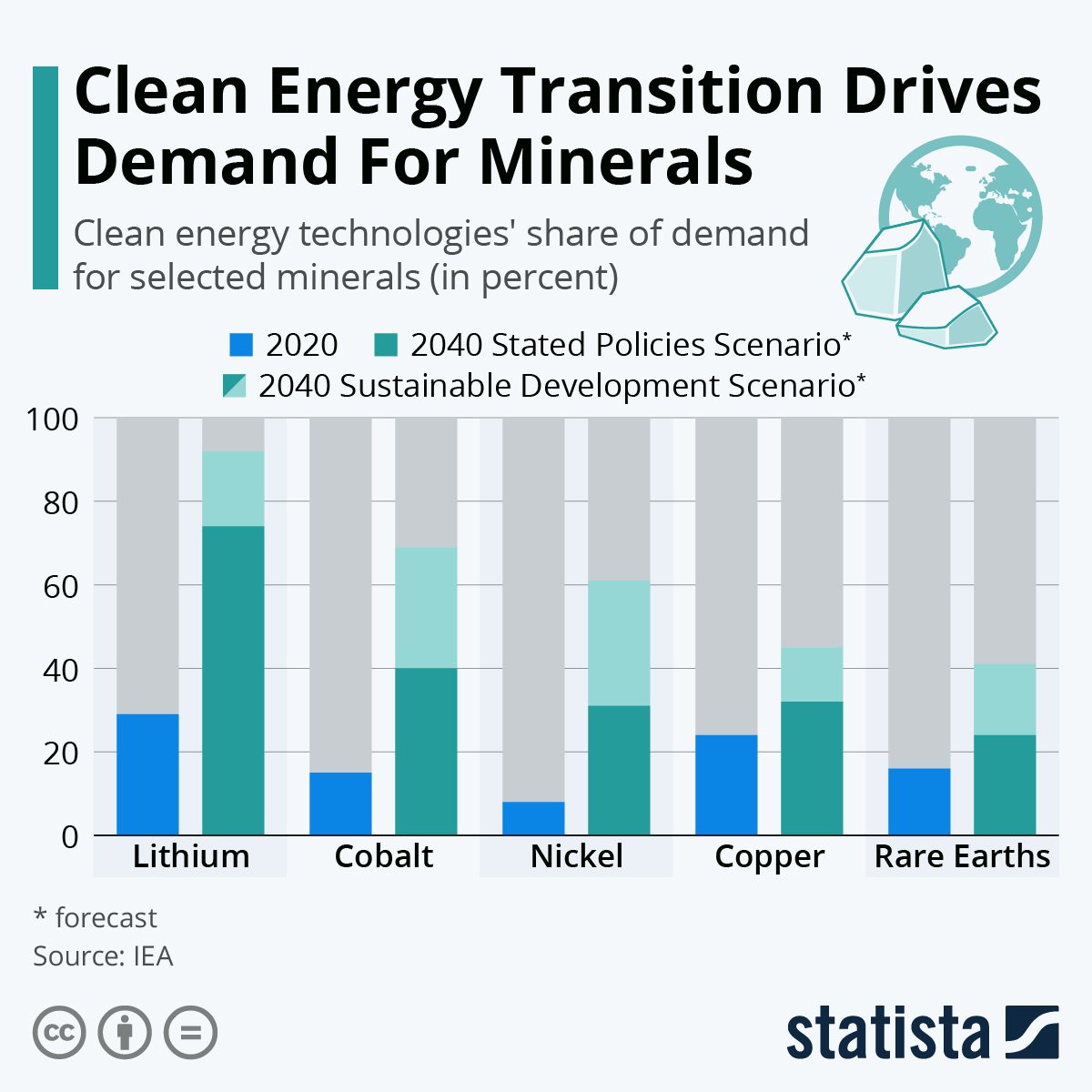
Source: https://www.statista.com
Why Critical Minerals Matter
All large-scale transitions to clean energy and the digital age depend on core minerals. EVs depend on lithium, cobalt, and nickel. Electrification and transmission lines rely on copper. Rare earth minerals power magnets in cellphones, fighter jets, and wind turbines. Without these, the cleantech transition and buildup of digital infrastructure would come to a standstill.
Governments recognize this strategic significance. Supply chain resilience is specifically sought after by the United States, the European Union, and Japan, and China has controlled processing and production for years. It ensures continued policy and capital support for mining and processing plans. It provides investors with tailwinds through the entire value chain, from extraction through refining through recycling.
-b18b6120656841a6922471704ad53f53.jpg)
Source: https://www.energy.gov
Investments Landscape
Investing in critical minerals encompasses several key points of entry. At the lithium end, the extraction and processing leader is Albemarle (ALB), and SQM (SQM) in Chile provides differentiated production of chemicals and lithium. Australian miners Pilbara Minerals (PLS.AX) and Allkem (AKE.AX) dominate spodumene supply.
Cobalt exposure typically occurs indirectly through diversified miners like Glencore (GLNCY), which owns large cobalt mines in the Democratic Republic of Congo. Top world reserve holders of nickel include Vale (VALE) of Brazil and Norilsk Nickel (NILSY) of Russia.
Copper remains at the core. The United States' largest copper producer, Freeport-McMoRan (FCX), offers Latin America exposure through its subsidiary, Southern Copper (SCCO), and through First Quantum Minerals (FM.TO).
Rare earths are highly concentrated, and China Northern Rare Earth (600111.SS) dominates production. Globally, Australian Lynas Rare Earths (LYC.AX) and US-based MP Materials (MP) are developing supply chains for Western markets.
For diversified exposure, consider exchange-traded funds such as the Global X Lithium & Battery Tech ETF (LIT) or the VanEck Rare Earth/Strategic Metals ETF (REMX), which spread risk across global producers.
Growth Drivers
The most powerful catalyst is electrification. Electric vehicle global sales continue to pick up pace, and lithium, nickel, and cobalt demand continue unabated. From Toyota to Tesla, automakers are inking multi-year supply agreements in a bid to secure supply and gain visibility into future demand.
Shift to clean power provides a further stimulus. Wind farms, solar farms, and energy storage plants require substantial amounts of copper, rare earth elements, and lithium. Renewable grid transmission improvements also increase copper demand.
National security underpins these motivators. Rare earths are critical components of defence systems from fighter aircraft to guided munitions. Supply chains are being addressed by governments as issues of national sovereignty, guaranteeing domestic and allied investments in production.
Finally, new processing and recycling innovations hold promise. Leaders of closed-loop technologies can tap into value by reducing their dependence on new extraction and meeting sustainability demands.
-3ed79f0322f745c587137f9690c47c69.jpg)
Source: https://www.eprinc.org
Risks and Challenges
Even though demand is strong, there’re no certainties in the space. Commodity price volatility can whipsaw earnings. Lithium prices, for example, have soared during the electric vehicle boom only to correct drastically after supplies surged. Investors must be prepared for cyclic moves.
Geopolitical concentration is also a risk factor. Most of the global cobalt supply is in the Democratic Republic of Congo, and political volatility is the norm there. Rare earth processing is largely dominated by China, which has utilised supply limits as a geopolitical tool.
There are also environmental and societal challenges. Mining projects are often opposed due to environmental concerns, water usage, and labour practices. Later regulation can extend timelines and increase expenditures.
Finally, valuations range widely. Bull markets bring speculative bubbles into junior miners, some of which haven’t got the size or resources necessary to survive corrections. Investors must be cautious in distinguishing between credible operators and speculative plays.
Portfolio Positioning
Big diversified miners such as Albemarle, Freeport-McMoRan, or Glencore provide conservative investors with scale and stability. They are best placed to endure price cycles and benefit from long-term growth.
If you want more upside, pure-play lithium companies, such as Pilbara, or rare earth experts, such as MP Materials and Lynas, offer more direct exposure, but at a higher level of volatility. ETFs give you balanced exposure if you're not comfortable betting on individual champions.
Investors should also consider balance sheet strength and longer-duration contracts. Firms that tie up supply contracts with car makers or governments have more predictable cash flows. Exposures to processors and recyclers provide an additional defensive cushion.
Position sizing is key. Special minerals ought to be supplementary, not hegemonic, in portfolios, aligning high growth prospects with intrinsic risk.
Conclusion: The Future's Resource Backbone
Not only is investing in critical minerals and rare earths betting on commodities, but it's also betting on the structural foundations of electrification, green power, and digitalization. Copper, lithium, nickel, and rare earths constitute the bloodstream of 21st-century markets, and these will be in demand for decades to come.
Risks, such as price cycles, geopolitics, and environmental challenges, are valid, but they do not accurately reflect the strategic significance of these resources. Exposure to critical minerals is promising for investors as a share in one of the most resilient megatrends of the past few decades. Owning the future means owning the resources necessary to bring it into being. Patient capital’s critical minerals and rare earth equities, then, form not only a trade but a structural wager on the world’s next big resource race.
